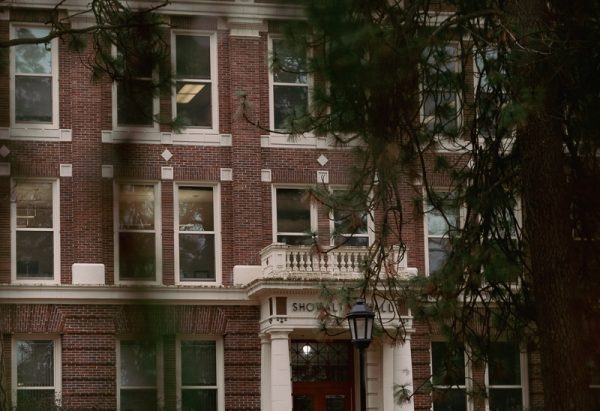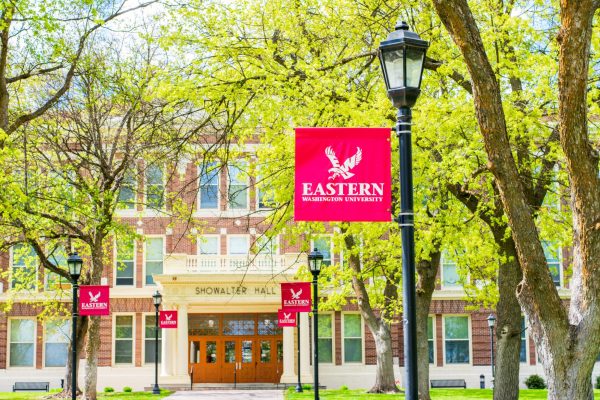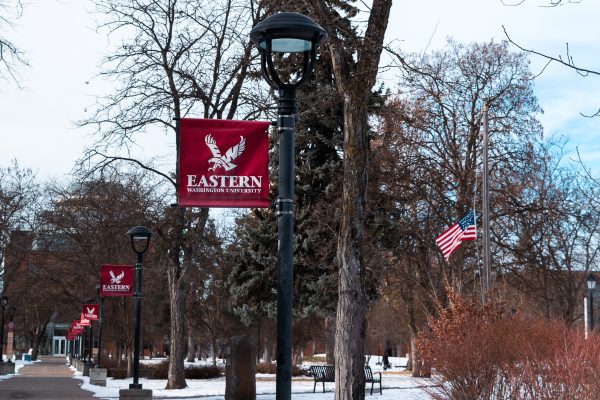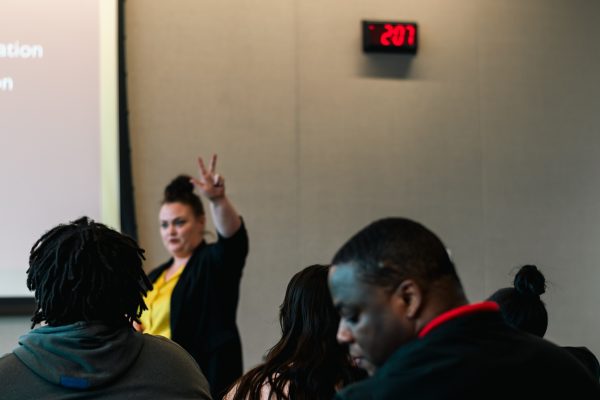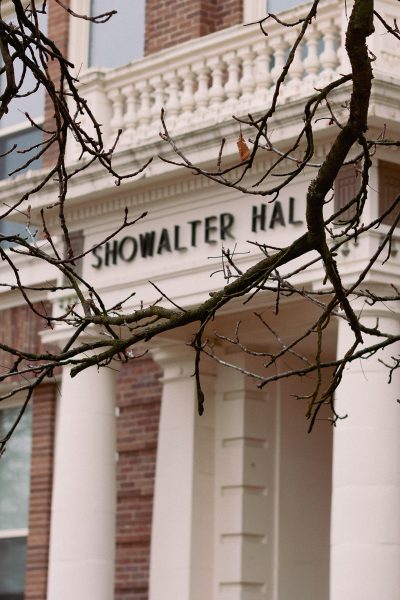Middle Eastern studies lacking at EWU
November 20, 2014
The University of Washington offers an Interdisciplinary Ph.D. program in Near and Middle Eastern Studies, and Washington State University has at least 13 courses covering the history and culture of the Middle East. Eastern offers three courses on the Middle East, sometimes.
“I teach Middle East History and Culture, which tends to be the one that gets the most students, and I’ll get 40 or 50 students in that class,” said Robert Sauders, associate professor of anthropology at Eastern. “But then, I don’t teach that class every year, because if I taught that class every year I wouldn’t get that number of students.”
The EWU 2014-15 Catalog lists Middle Eastern History and Culture, Geographies of Conflict in the Middle East, Women and Islam and Islam in Contemporary Perspective as classes which can be taken during the current school year.
Sauders said Middle Eastern History and Culture is essentially three classes combined into one. It covers basic history, the basics of Islam and basic culture practices originating from that part of the world.
“We don’t have a lot of other folks teaching or people with expertise in the Middle East, and that limits the offerings,” said Sauders. “If students are hungering for more classes in this area, it would probably benefit them to make that clear, to speak to the departments in question and say, ‘We would like to have more of this.’ Because when we see a demand, the university will respond.”
Sauders said to establish a new course, the idea would have to get approval from within the department and then be submitted to the Undergraduate Course and Program Approval Committee (CPAC).
According to the CPAC constitution, after approving a proposal for revisions or additions for a course or program, departments have a two-week review period to make necessary changes. Proposals are then sent to the Faculty Organization’s Undergraduate Affairs Council to be signed off.
The deadline for approval forms to be submitted to CPAC for the 2014-15 school year was Nov. 14.
“If Saudi Arabian students feel they want more courses, or they feel that’s something they want, that’s why I’m here,” said Jorge Garcia, the ASEWU diversity outreach representative. “If I can make it happen, I would definitely be willing to help them.”
Sauders said if there was a minor in Middle Eastern studies, Eastern would be obligated to run the courses regularly, but classes would need to meet the necessary enrollment.
“Five students is not a good use of teaching resources,” said Sauders. “This is one of the reasons why I teach a little more infrequently because, instead of getting five students in class, I get 15 or 25.”
Michael Folsom, a geography professor, and Majid Sharifi, associate professor of government, also cover the Middle East in the courses they teach.
According to Sauders, some students have shown interest in having more Middle Eastern courses at EWU.
Garcia said when he took a Chicano class, it felt enriching to learn about the history and background of his people and the background of other people, which is why he would be interested in taking a course on the Middle East.



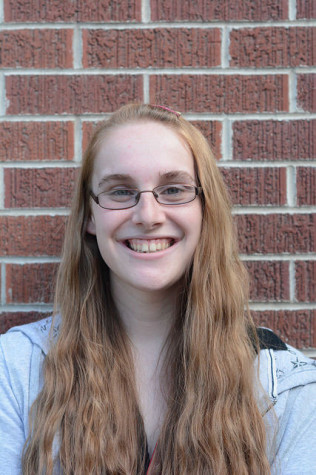


![Simmons said the biggest reasons for her success this year were “God, hard work, and trusting [her] coach and what she has planned.”](https://theeasterner.org/wp-content/uploads/2024/05/image1-1-1200x800.jpg)




